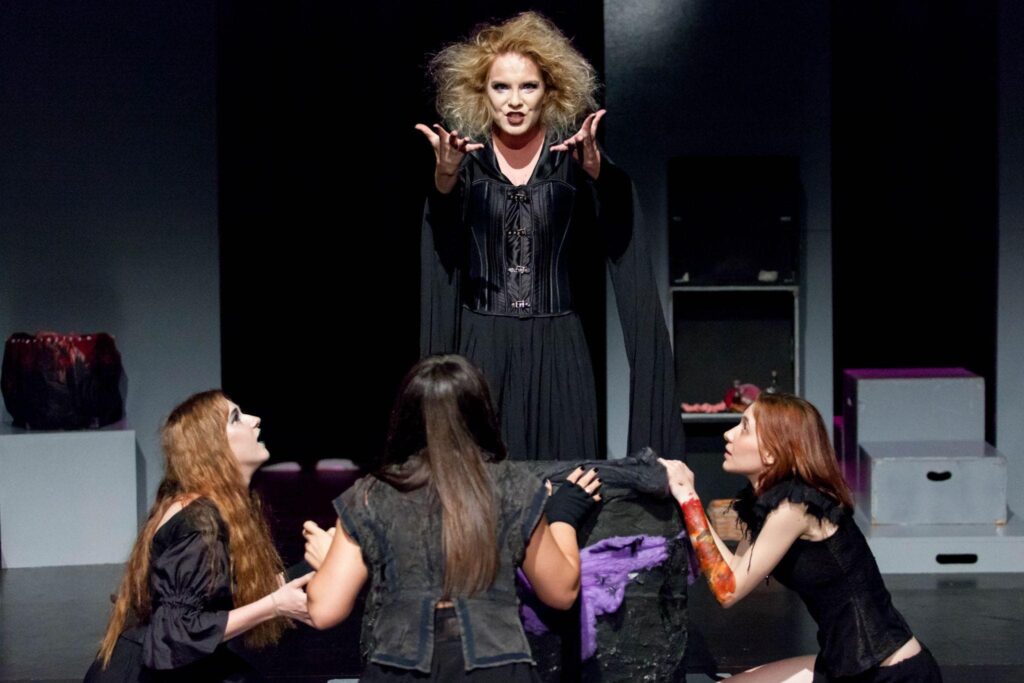Introduction
The world of acting is not just about portraying a character; it’s about becoming one. It’s about creating a connection so deep that it resonates with the audience’s soul. This article explores various acting techniques that help actors achieve this level of emotional resonance.
Understanding Emotional Resonance
At its core, emotional resonance is about authenticity. It’s the ability of an actor to evoke real emotions, making the audience feel what the character feels. This requires a profound understanding of human emotions and the skill to translate them onto the stage or screen.
Method Acting: Living the Role
Method acting is perhaps the most renowned technique for achieving emotional resonance. It involves deeply immersing oneself in the character, often living and experiencing the character’s life to fully understand their emotions and motivations.
Meisner Technique: Reacting in the Moment
The Meisner Technique emphasizes emotional reactions to the environment and other characters. It’s about being present in the moment and reacting authentically, making the performance more relatable and heartfelt.
Embracing Vulnerability: The Actor’s Greatest Strength
True emotional resonance in acting often stems from vulnerability. This involves an actor’s willingness to expose their innermost fears, hopes, and insecurities through their performance. By embracing vulnerability, actors allow themselves to be seen fully, creating a powerful emotional bond with the audience. This authenticity is what transforms a good performance into a great one, leaving a lasting impression on viewers.
The Evolution of Acting Techniques
The field of acting is constantly evolving, with new techniques and approaches emerging. In the digital age, actors must adapt to various mediums – from stage to screen, including virtual and augmented realities. Understanding how emotional resonance translates across different platforms is key. Moreover, the global exchange of cultural practices in acting enriches the repertoire of techniques available, allowing actors to continuously learn and evolve, thereby enhancing their ability to connect emotionally with diverse audiences.

Emotional Memory: Tapping into Personal Experiences
Using one’s own emotional memories allows actors to portray their characters with a depth and authenticity that can be deeply relatable to the audience. This technique requires careful balancing, as it involves revisiting personal emotional experiences, which can be both cathartic and challenging. Actors using this method must navigate their past emotions skillfully, ensuring they can emerge back into their own reality after a performance. It’s a technique that blurs the lines between actor and character, making the portrayal more convincing and emotionally charged. This approach not only enhances the actor’s connection with the character but also invites the audience into a more intimate and genuine emotional experience.
Physicality and Voice: Expressing Emotion Beyond Words
Acting isn’t just about verbal expression; physicality and voice play a crucial role. Understanding how body language and vocal tones can convey complex emotions is essential for actors seeking to resonate with their audience.
Empathy: The Key to Emotional Connection
At the heart of all these techniques is empathy. An actor’s ability to empathize with their character allows them to portray emotions genuinely, creating a bridge of understanding with the audience.
Creating a World Beyond Words: The Power of Subtext
In the realm of acting, what is left unsaid often holds as much power as the spoken word. The art of subtext is crucial in building emotional resonance. It involves the underlying emotions and thoughts that drive a character’s actions, not just their dialogue. This layer of complexity adds depth to performances, inviting the audience to delve deeper into the narrative and connect with the characters on a more intimate level.
The Role of Collaboration in Emotional Resonance
Acting, at its best, is a collaborative art form. The chemistry between actors, their rapport with the director, and the interplay with the audience all contribute to the emotional resonance of a performance. Actors must not only understand their characters but also how they fit into the larger story and relate to other characters. This synergy amplifies the emotional impact, creating a shared experience that is both powerful and poignant.
Conclusion
The art of acting is much more than memorizing lines. It’s about touching the soul of the audience through authentic emotional expression. By mastering these techniques, actors can elevate their performances from mere acting to a form of true emotional artistry.


